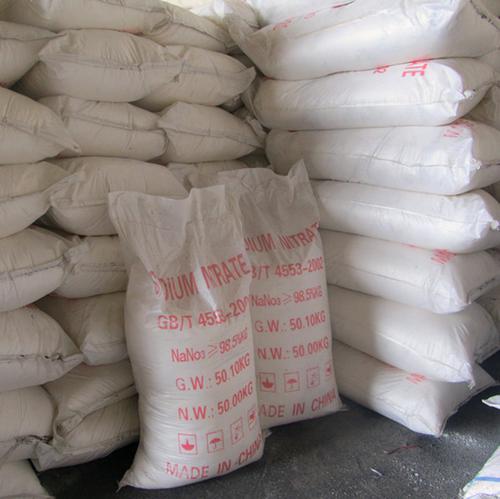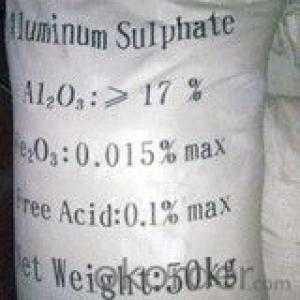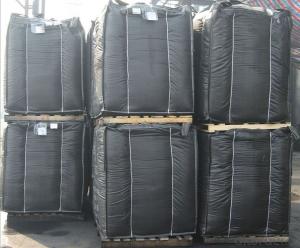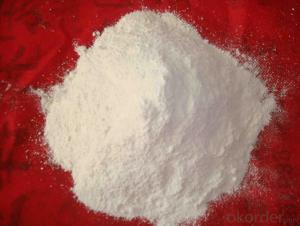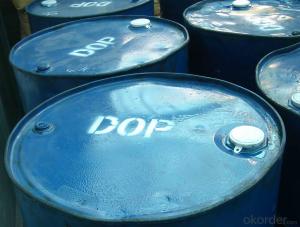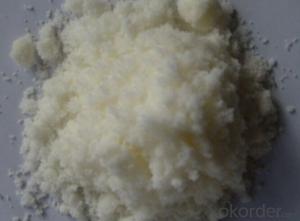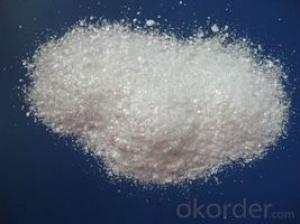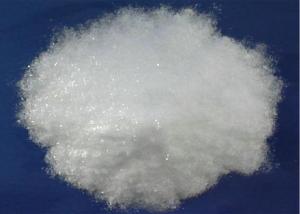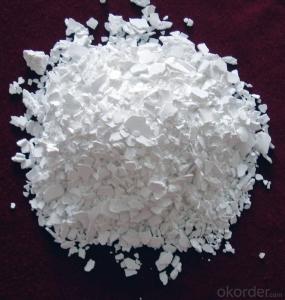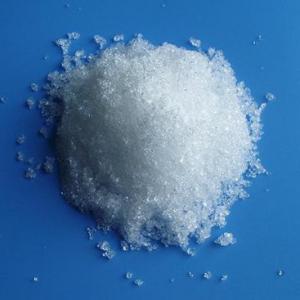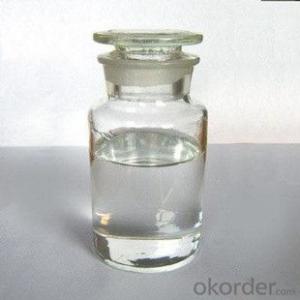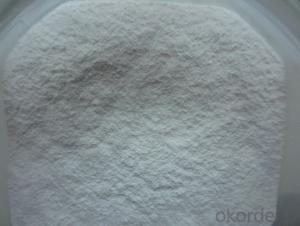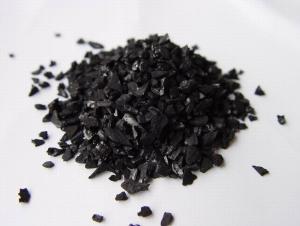Industrial grade sodium nitrate
- Loading Port:
- China Main Port
- Payment Terms:
- TT OR LC
- Min Order Qty:
- -
- Supply Capability:
- -
OKorder Service Pledge
OKorder Financial Service
You Might Also Like
Alias: Soda niter; Sodium nitrate for industrial use; cubicniter ; Natriumnitrat ; niter ; nitratedesodium ; nitratedesodium(french) ; nitrateofsoda; ; nitratine; Nitricacid,sodiumsalt ; nitricacidsodiumsalt
English Name: Sodium nitrate
CAS: 7631-99-4
EINECS: 231-554-3
Molecular formula: NaNO3
Performance: Colorless trigonal crystal or rhombus crystal or white slight crystal or powder, with no smell, salty flavor and light bitter.
Melting point306.8℃, relative density2.261, Easily soluble in water and liquid ammonia, soluble in alcohol, carbinol, light soluble in glycerol and acetone.
specification: GB/T4553-2002 and our technical index.
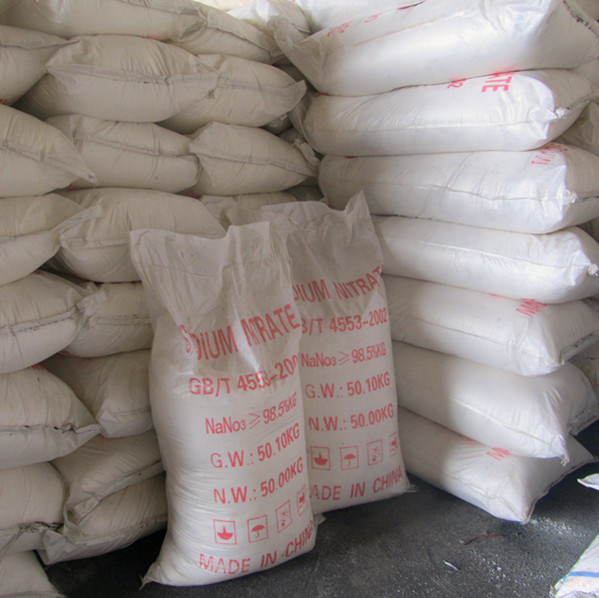
main index | unit | top quality product | second grade product |
content | %≥ | 99.3 | 98.5 |
moisture | %≤ | 0.1 | 0.1 |
water insoluble | %≤ | 0.06 | 0.06 |
Sodium nitrite(NaNO2 in dry basis) | %≤ | 0.02 | 0.2 |
chloride(Cl, in dry basis) | %≤ | 0.24 | 0.4 |
Sodium carbonate(Na2CO3 in dry basis) | %≤ | 0.10 | 0.1 |
Ferrumcontent(Fe) | %≤ | 0.005 | 0.005 |
heavy metal(Pb) | %≤ | --- | 0.002 |
arsenic content(As) | %≤ | --- | 0.0002 |
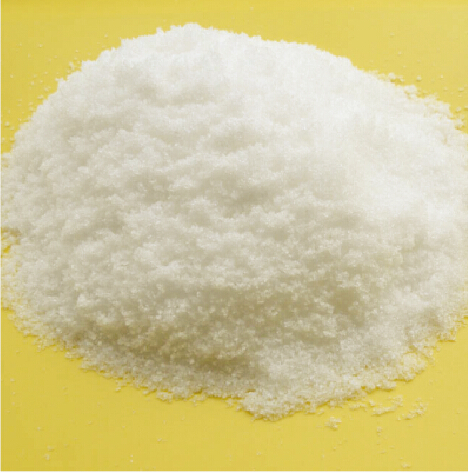
Properties:
Colorless cone crystal or rhombus crystal or white fine crystalline powder.
Uses:
The meterial of chemicals,dye and explosive,nitrifier,defoamer,decolor agent, clarificant,flux,chromogenic reagent,antimicrobial agent,antiseptic.
Packing
Plastic bag lined woven bag. Net wt.25/50kg.
- Q: what is metallocene catalyst technology?
- Metallocene catalyst A transition-metal atom sandwiched between ring structures having a well-defined single catalytic site and well-understood molecular structure used to produce uniform polyolefins with unique structures and physical properties. See also Catalysis; Coordination chemistry; Coordination complexes; Metallocenes; Organometallic compound. In the early 1980s, W. Kaminsky discovered that an appropriate co-catalyst activated metallocene compounds of group 4 metals, that is, titanium, zirconium, and hafnium, for alpha-olefin polymerization, attracting industrial interest. This observation led to the synthesis of a great number of metallocene compounds for the production of polymers already made industrially, such as polyethylene and polypropylene, and new materials. Polymers produced with metallocene catalysts represent a small fraction of the entire polyolefin market, but experts agree that such a fraction will increase rapidly in the future. See also Polymer; Polymerization; Polyolefin resins.
- Q: Why can't catalysts make an unfavorable reaction favorable?Can anyone give me a relatively simple explanation for this?Thank you so much in advance!
- Catalysts, as enzymes, only change the activation energy (the energy the compound needs to gain to transform into products), they don't change the Gibbs energy values of reactants nor products. Therefore, if the delta G of the reaction is positive, it'll still need free energy to complete. They make a reaction complete faster than in normal conditions, but don't change the actual possibility for that reaction to happen. In the human body, a lot of reactions of catabolism have a positive G value and these reactions needs to get energy from other coupled reactions that have a negative value, so the total value is still negative. Many of them use hydrolysis of ATP to provide that energy, as its hydrolysis is about -30 kJ/mol in physiological conditions. I don't know what class you're in to ask this question, so can't really know if this answer is too simple or complicated for u... sorry in advance! Jo?l
- Q: and what type of macromolecule are they made of? thanks!
- A catalyst is any substance that speeds up a chemical reaction without otherwise changing the outcome of the reaction. Catalysts do this by lowering a reaction's activation energy (which is the energy barrier that must be overcome before the reaction can proceed spontaneously). Catalysts are not permanently changed by the reactions they catalyze, so one catalyst could reasonably catalyze the same reaction many times over. Enzymes are biological catalysts because they lower the activation energy of metabolic reactions (and therefore increase their rate). Every enzyme has an active site that is specific for a particular substrate, or for a small related group of substrates. When the correct substrate binds to the active site, the enzyme catalyzes a particular reaction and releases new products. Substrates that don't match the shape of the enzyme's active site usually won't be affected by the enzyme. Enzymes are proteins, which are in turn polymers of amino acids. The sequence of amino acids in an enzyme, as well as the three-dimensional structure of the polypeptide chain, are essential for determining the enzyme's functionality. I hope that helps. Good luck!
- Q: Why are catalysts so effective in small amounts?
- Catalysts don't get used up in reactions. Because of this, a single catalyst molecule can function again and again. Some catalysts are better than others for a given reaction. More effective catalysts reduce the time taken for 1/ the rate of travel of the molecule to the active site, 2/ the time the reaction takes, or 3/ the time it takes for products to diffuse away, or 4/ a combination of the above. The more effective a catalyst is in these factors, the less is needed to make it equally effective.
- Q: the process of which the heterogeneous catalyst work in vehicles. a step by step instruction in how they work. :)
- The Reduction Catalyst The reduction catalyst is the first stage of the catalytic converter. It uses platinum and rhodium to help reduce the NOx emissions. When an NO or NO2 molecule contacts the catalyst, the catalyst rips the nitrogen atom out of the molecule and holds on to it, freeing the oxygen in the form of O2. The nitrogen atoms bond with other nitrogen atoms that are also stuck to the catalyst, forming N2. For example: 2NO =N2 + O2 or 2NO2 =N2 + 2O2 The Oxidization Catalyst The oxidation catalyst is the second stage of the catalytic converter. It reduces the unburned hydrocarbons and carbon monoxide by burning (oxidizing) them over a platinum and palladium catalyst. This catalyst aids the reaction of the CO and hydrocarbons with the remaining oxygen in the exhaust gas. For example: 2CO + O2 =2CO2
- Q: Chemical master invited (about catalyst)
- From the thermodynamics can be reaction, and the three formulas can be added to eliminate the intermediate product, indicating that the reaction may occur. The definition of the catalyst is not complete. I am a junior undergraduate student of Jilin University School of Chemistry, according to the definition of the catalyst in the university textbook, the catalyst itself reacts with the reactants to produce unstable intermediates. After the reaction is finished, the intermediate product is explained and the catalyst is reduced. Apparently did not participate in the reaction. So the catalyst to change the course of the reaction, the original reactants to go through a relatively high energy to produce products, there will be a catalyst after a few relatively low energy barrier, so much easier, the reaction rate is greatly accelerated The It can be seen, the catalyst is not no response, but only after the completion of the reaction to restore it. It can also be seen that the amount of catalyst does not matter, and some reactions require the amount of catalyst to be approximately equal to the amount of reactants. Waiting for you to high school and university to further study on this issue will have a more clear understanding of the.
- Q: Thorough explanation pls.
- by lowering the activation energy
- Q: Is there a catalyst for a chemical reaction?
- There may be many, but some of the catalytic effect of the catalyst is good, and perhaps some of the catalyst has not been found
- Q: How to poison the catalyst. What can be done?
- In the reactants or catalyst mixed with a small amount of material, so that the catalyst catalytic capacity of a sharp decline or even loss, this phenomenon is called catalyst poisoning. For example, in the synthesis of ammonia feed gas containing CO, CO2 and H2S, PH3, water vapor and other impurities, can make iron catalyst poisoning; contact with the system of sulfuric acid, if arsenic and selenium oxide (As2O3, SeO2), can make vanadium catalyst Loss of activity. Therefore, it is necessary to purify the feed gas, prevent the poisoning of the catalyst, and also reduce the corrosion of the equipment. The phenomenon of catalyst poisoning is sometimes temporary, the removal of toxicants, the effectiveness of the catalyst can still be restored; sometimes it is permanent, without chemical treatment can not restore catalytic performance.
Send your message to us
Industrial grade sodium nitrate
- Loading Port:
- China Main Port
- Payment Terms:
- TT OR LC
- Min Order Qty:
- -
- Supply Capability:
- -
OKorder Service Pledge
OKorder Financial Service
Similar products
Hot products
Hot Searches
Related keywords

